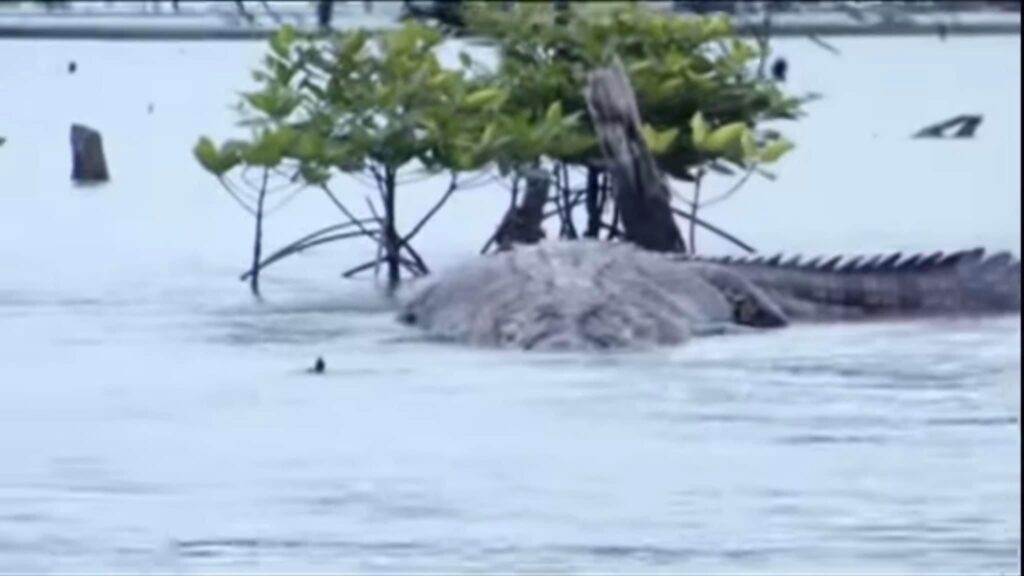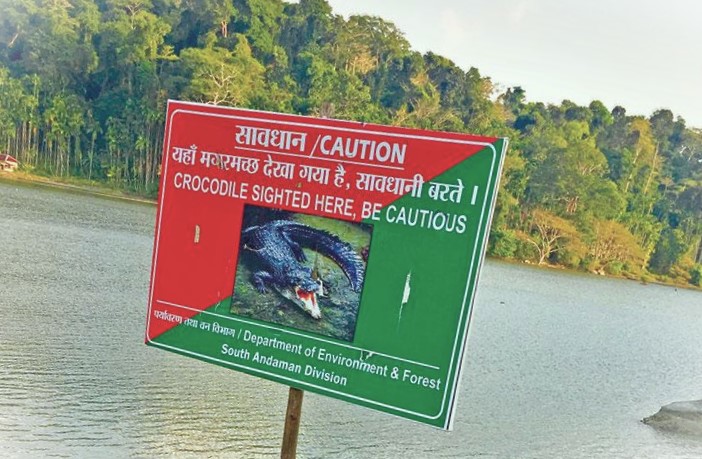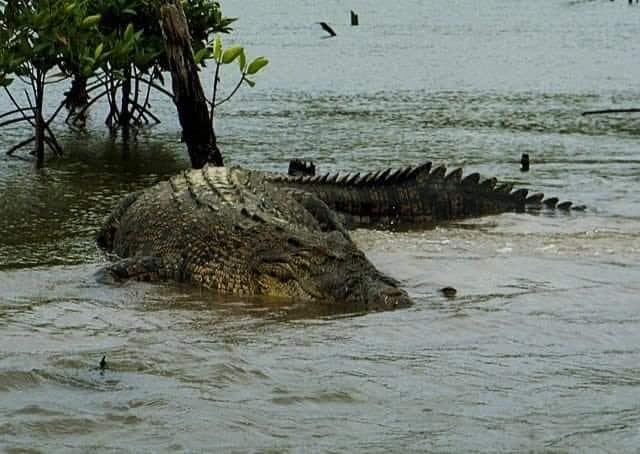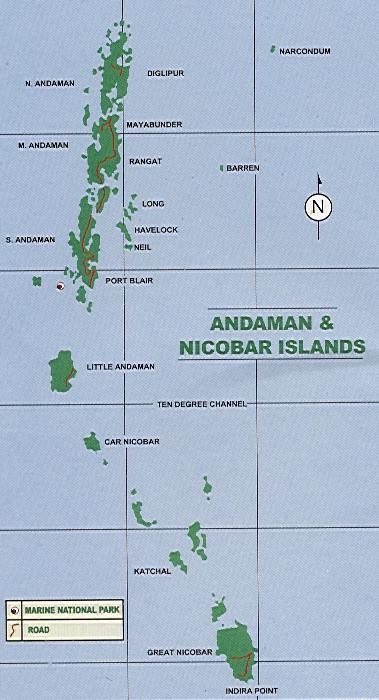Andaman Giant Crocodile Incidents

In the waters of the Andaman Islands, saltwater crocodiles—known locally as “salties”—have quietly reclaimed their numbers over the decades. In recent years, their resurgence has raised alarm: their population now exceeds 500 in the Andaman & Nicobar Islands, Among these, the so-called “Port Blair giant” crocodile has captured public attention for its size and proximity to human activity.
The Predator Among Us : Andaman Giant Crocodile Incidents
The giant croc captured headlines after multiple local sightings and a video recording suggesting its presence near Port Blair. Reports refer to it as “the Port Blair giant,” possibly stretching well over 5 – 6 meters—a formidable predator in local waters. While this individual’s exact fate is unclear, its existence exemplifies a new era of co‑existence between humans and top-of-the-food‑chain reptiles.
A Recent Attack Shakes the Community : Andaman Giant Crocodile Incidents
Many incidents occurred near Manglutan Nallah, a known crocodile habitat in the Wandoor region. According to local sources, the victim was washing clothes at the water’s edge when a crocodile lunged unexpectedly. Despite local villagers’ attempts at rescue, the victim succumbed to severe limb injuries and was declared dead upon hospital arrival.
While official records are still being compiled, this event is the most recent reported human‑crocodile incident to date in the Andamans. It comes amidst a documented upward trend in encounters: between 1983 and mid‑2023, there were 36 documented human‑crocodile conflict incidents, including both fatal and non‑fatal attacks, with a 75% increase in incidents post‑2004 tsunami.
Why Now? Rising Conflict After Tsunami and Population Growth : Andaman Giant Crocodile Incidents
The 2004 Indian Ocean tsunami dramatically altered coastal geography across the islands—with some regions experiencing uplift or subsidence. Particularly in South Andaman, subsidence led to new intertidal wetlands and migratory changes in crocodile habitats, pushing them closer to human settlements. Researchers have linked this shift to increased croc‑human conflict

Meanwhile, increasing human pressure—via population growth, agriculture, fishing, and waste dumping—has drawn crocodiles into closer contact with people. Local waste disposal practices, such as tossing fish scraps or poultry remains into creeks, attract scavengers and, in turn, crocodiles : Hindustantimes.com
Forest Department Orders: Mandatory Safety Protocols

Reacting swiftly after the attack, Andaman Forest Department officials issued new mandatory instructions for residents, fishermen, tourists, and businesses in crocodile‑prone zones: Andaman Giant Crocodile Incidents
- Strict Prohibition on entering or swimming in creeks, estuaries, or coastal waters known to have crocodile sightings. This includes Wandoor Beach, Collinpur, Manglutan Nallah, and Khara Nallah.
- Mandatory placement of “Beware of Crocodile” signage, with clear dates of last sighting, at all vulnerable water access points and tourist beaches
- Safety enclosures (gill‑net mesh zones) must be checked daily. Any damaged or porous net near tourist beaches or public access points must be repaired immediately—failure to do so leads to departmental fines. Past incidents have shown that even elephants have breached barriers, exposing locals and visitors to risk : andamansheekha.com
- Awareness campaigns and mandatory workshops in coastal villages, panchayats, and schools: educating residents on croc behavior, avoiding swimming during dusk or in mangrove creeks, proper disposal of organic waste, and livestock protection methods
- Trapping and relocation protocols for crocodiles deemed ‘problematic’, especially those repeatedly spotted near human habitations or involved in attacks. Captured crocodiles are to be translocated to remote creeks or held at Mini Zoo in Haddo, Port Blair, before release. Permanent relocation or removal is under review when relocation fails to reduce risk
Public Reaction and Local Impact
Villagers and local leaders expressed grave concern. “We depend on these streams—for washing, fishing, livestock. Now each ripple could be a death sentence,” said a resident from a South Andaman village. Tourism operators voiced alarm, noting that crocodile activity has already prompted temporary beach closures, hurting summer business.

Several locals called the Forest Department’s response reactive—putting up signs only after incidents—and urged better anticipation measures. In past cases, reports of croc sightings and net failures went unaddressed until tragedy struck
Broader Context: Success Breeds Complexity : Andaman Giant Crocodile Incidents
The rise in conflict is, ironically, a product of conservation success. Saltwater crocodiles were once nearing extinction in the Andamans. Under India’s Project Crocodile (initiated in 1975), and later habitat protections, breeding programs at Haddo Zoo and strict legal protections helped crocodile numbers rebound from just a few dozen to hundreds by 2015—and perhaps more than a thousand in some estimates
But this recovery has made enforcing both wildlife protection and human safety far more complex—especially with island growing populations and expanding tourism.
What Experts Recommend
Wildlife managers stress the need for a balanced, adaptive approach:
- Geo‑tag individual large crocodiles to remotely monitor movements and alert nearby communities proactively . Livermint.com
- Strategic relocation or, in rare cases, selective removal when particular individuals repeatedly threaten people or livestock. Culling is contentious and remains a last-resort option, with local NGOs urging non‑lethal alternatives first.
- Public education on safe fishing and waste practices, discouraging dumping of meat scraps in creeks, as this attracts crocodiles and exacerbates conflict.
- Routine structural maintenance, ensuring safety nets and barriers in swimming areas remain intact at all times.
Looking Ahead : Andaman Giant Crocodile Incidents
The biggest fatal attack in the year 2010, underscores a painful truth: without rigorous enforcement of forest‑department rules and widespread public cooperation, lives remain at risk. The Port Blair giant crocodile—while a symbol of wild Andaman—also highlights the urgent need for coexistence strategies that protect both human and reptile lives. The Andaman Forest Department’s new mandatory instructions mark a critical step—but it’s up to every resident, visitor, and operator to treat them as binding rules, not optional warnings. Whether fishing in mangrove streams or swimming on a coastal strip, thinking twice—and staying out of crocodile zones—could mean the difference between a safe outing and tragedy.
